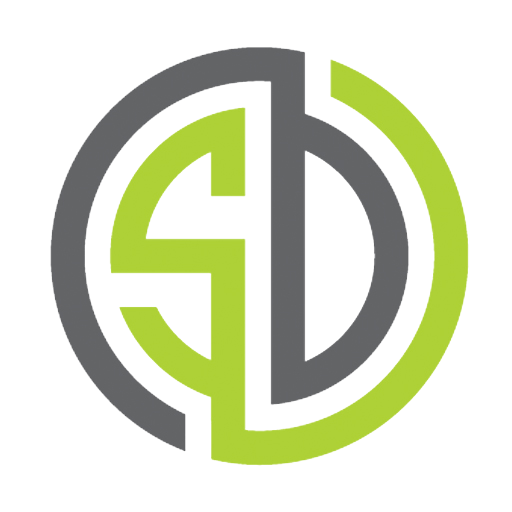How do you gain those toned, firm and strong glute muscles? How do you add that mass to your ass?
Now I’m not talking about the Kim Kardashian fake ass. Half ass, half silicone monstrosity. Think more Jen Selter. I’m talking about those pert self-made butt cheeks that have the potential to help prevent knee and lower back problems, as well as help many athletes run faster and jump higher. The same butt cheeks that can help improve your posture and most importantly for a lot of people, the added bonus of looking great in tight fitting clothing!
Unfortunately, genetics (to a certain extent) and general lifestyle factors, like sitting behind an office desk all day, are a major cause of soft, under developed glute and hamstring muscles. So, if you want that firm, pert butt you have to take your glute training seriously. It’s time to learn to isolate the posterior chain muscle groups.
Many coaches and trainers prescribe exercises like Barbell Squats and Deadlifts to strengthen this powerful group of muscles.
Is that enough?
Squats and Deadlifts should be part of a vast majority of peoples training programs. They have huge benefits. As well as strengthening the glutes and hamstrings they also provide a great amount of strength and stability to the torso. But weak glute muscles, and particularly the Erector Spinae (lower back muscles), will hold back any progress on these great lifts. Remember you are only as strong as your weakest link, and most people have weak glutes and lower backs. It is unfortunately just part of modern day life.
If these select posterior chain muscles are generally weak they may not be firing up correctly to make those squats and deadlifts an effective choice. I’ve spoken previously about glute activation exercises I use with my clients prior to performing squats and deadlifts. If you missed it you can catch it here. These will certainly help fire up the big three glute muscles (gluteus maximus, medius and minimus), as well as the hamstrings and erector spinae muscles, but these activation techniques alone won’t really help develop that firm, toned butt. They will however make your squats and deadlifts feel a little easier. Which in turn, technique allowing, should enable you to lift heavier, which will make those muscles stronger. They just need a little help along the way.
Step forward a simple exercise. The Reverse Hyper.
The greatest benefit of this exercise is that it has the potential to improve the shape, firmness and strength of the whole gluteal musculature, and as it indirectly works the hamstrings and erector spinae muscles at the same time you get even more bang for your buck.
But with this good news comes bad news. The bad news being most modern gyms, unless you are one of the lucky few, do not have dedicated Reverse Hyperextension machines.
Bummer right?
Not quite.
If you don’t have access to a traditional machine you can easily perform them on plyometric boxes, adjustable benches, swiss balls, everything you will find down at your local gym. I’ve even known people who train at home to perform them on their dining tables.
In the video clip above I demonstrate some of my favorite variations. A couple of things to make a note of when performing these are…
1. The movement is initiated by the contraction of your glutes. You have to squeeze your butt cheeks hard as the legs are rising.
2. You don’t want to go into hyperextension of the lower back. So as the legs are rising be sure to stop when your legs are level with the rest of you body.
3. If you are quite lordotic in the lower back you can position an AbMat under your stomach. This will help to put you into a better start position and allow you to perform the exercise with greater ease.
4. Keep the motion slow and controlled at all times.
5. If you want to make the exercise more difficult you can wear ankle weights, or to keep it even simpler, just pause for 6-10 secs at the top of each rep.
The Reverse Hyper is a great stand-alone exercise in its own right. You can even use it as a finisher to your leg days if you wanted. I guarantee after a 4-6 weeks, not only will your squats and deadlifts improve, but you will notice a few changes to glutes, and this will have a lot to do with the indirect improvements made by supplementing your training with this awesome exercise.


